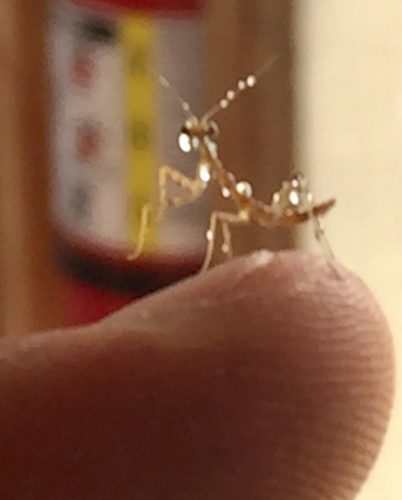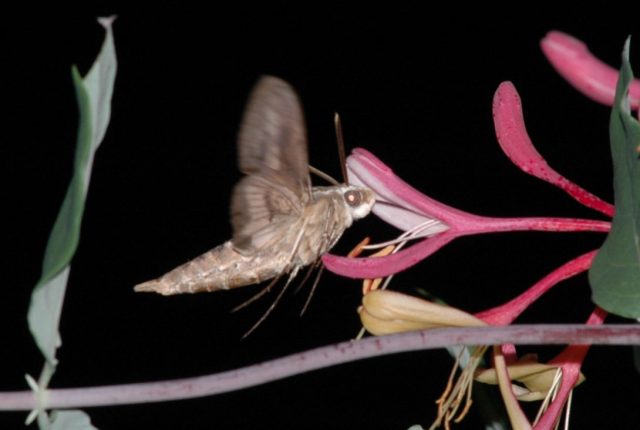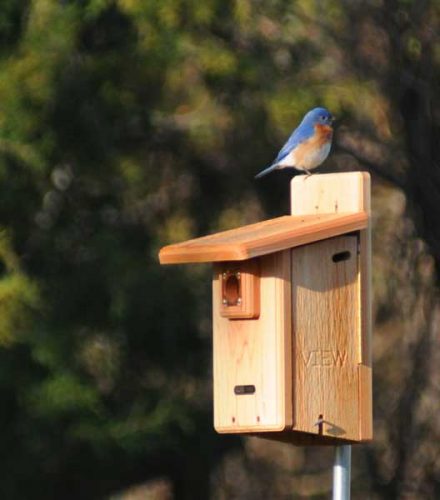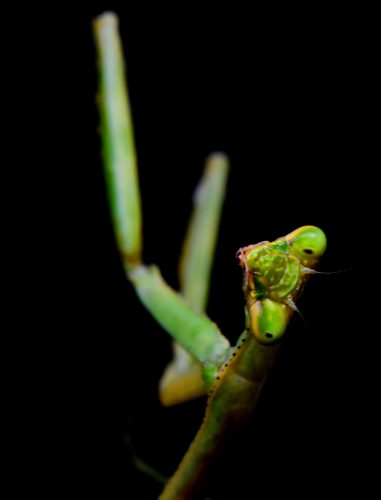We love to save the majestic ones—bald eagles, elephants, tigers; and the adorable ones—pandas, terrapins, monkeys; and the mysterious ones—sea turtles, owls, whales.
But one of the biggest (and tiniest) heroes of our natural world is also, for most people, one of the hardest things to love—bugs. And that’s unfortunate, because right now bugs desperately need help.

Yes, some insects sting and bite. But the vast majority just go about their business day in, day out, trying to ignore homo sapiens. And their “business” is essential to life on earth.
Insects pollinate 87.5% of flowering plants. These plants become food for thousands of species of animals, including humans. According to the USDA Natural Resources Conservation Department, “… scientists estimate that one out of every three bites of food we eat exists because of animal pollinators like bees, butterflies and moths, birds and bats, and beetles and other insects.”

Not only do insects ensure plants reproduce supplying nutrition for many species, but they themselves become food. “Most vertebrates do not eat plants directly; far more often, they eat insects that have converted plant sugars and carbohydrates into the vital proteins and fats…,” writes University of Delaware Entomologist Doug Tallamy in the Delaware Master Naturalist Handbook.
According to Tallamy, most land-based birds (versus aquatic birds), feed insects to their young. And it takes a lot of insects (caterpillars are the preferred meal) to raise nestlings to fledglings—Hairy woodpeckers feed their young 2325 times; Sapsuckers 4260 times; and Bobolinks bring food to their young 8,400 times before the bottomless stomachs leave the nest! (And you thought your teenager was needy.)

Insects also take care of the things we humans don’t want to deal with. They decompose dead organisms, garbage, and waste, which releases nutrients to be used over and over again.
It turns out insects are both the beginning and the end of the circle of life.
 But in just the last 45 years, the insect population has decreased by 45%. That is alarming, shocking, frightening, and sad. Unfortunately, it is the normal cast of characters that scientists believe are causing the decline:
But in just the last 45 years, the insect population has decreased by 45%. That is alarming, shocking, frightening, and sad. Unfortunately, it is the normal cast of characters that scientists believe are causing the decline:
Synthetic pesticides and herbicides; the switch to monoculture agriculture stifling biodiversity by growing only corn and soybeans; bulldozing forests and fields to turn into industrial, commercial, and residential housing developments with fertilized, sanitized yards; forest fragmentation allowing invasive species to out-compete natives, and climate change causing droughts, fires, and messing with the seasons.
What a depressing list. There has to be something we can do, right? Advocating for change through elected representatives is a good start, but there are other things, more life-style oriented, that can have an impact.
Conscious sustainable landscape design, Tallamy believes, is a simple way to help insects flourish. While a homeowner might be proud of an emerald-green lawn cut once a week at the perfect height on diagonals, a biologist cringes at the dead-zone it creates. Sustainable landscapes minimize dead-zone lawns while maximizing native plantings, which provide food and shelter for insects. Leaving dead flower stems and grasses, although difficult for perfectionists, provides important habitat for many pollinators.
Another simple change that makes a big difference for insects is to turn off lights at night. Lights kill insects in a few ways: the constant collisions with the light or object to which the light is affixed kills some outright; some die from exhaustion after their frenetic flights around lights; bats learn where to find an easy meal and eat many of the unwary insects; if the insects make it to morning, their energy stores are depleted because they didn’t do the important work of pollinating overnight, turning them into a breakfast buffet for birds.
(If you need a security light for your property, Tallamy asks that you get a motion sensor light, so it is not on all night indiscriminately.)
And finally, buying organic is a way to save bugs. Certified organic farmers are not allowed to use synthetic pesticides or herbicides. This is a three-fold win. It keeps farm workers healthier because they aren’t exposed to toxic chemicals; it keeps these chemicals out of your own body; and it saves bugs!
But as kayakers, paddle boarders, and sailors, why should we care about bugs? Bugs pollinate the trees that sequester carbon, providing us with fresh air. They pollinate many of the plants that filter our water. Bugs provide food for many of the birds and animals we enjoy observing while we’re on the water, making them a vital part of the food web.

So if you love outdoor recreation and if you love to breathe clean air and if you love to eat—then you should love bugs!
by Jenifer Adams-Mitchell
Information for this blog post came from:
Insects: The Little Things That Run the World by Doug Tallamy (Chapter 7 within the Delaware Master Naturalist Handbook)
https://www.nrcs.usda.gov/wps/portal/nrcs/main/national/plantsanimals/pollinate/#:~:text=Three%2Dfourths%20of%20the%20world’s,bees%20help%20increase%20crop%20yields.
https://www.organicconsumers.org/news/save-the-insects-save-farmers-ourselves-new-global-report-calls-for-end-industrial-agriculture
https://www.sierraclub.org/sierra/are-bumblebees-going-extinct-climate-change
http://blog.delawarenaturesociety.org/2010/08/24/native-pollinators/
